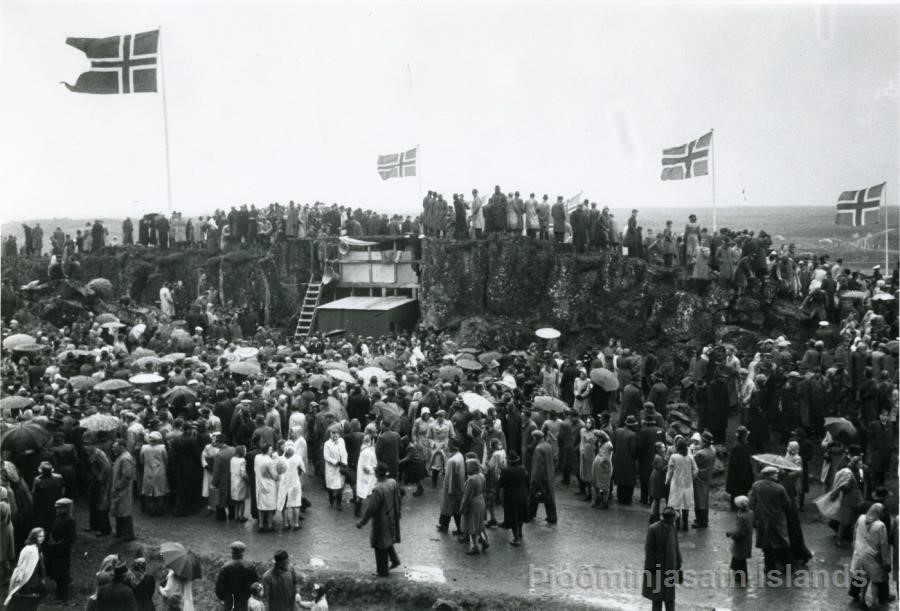Iceland 1950s

In Margot Livesey’s The Flight of Gemma Hardy, an adaptation of Jane Eyre, Livesey makes careful decisions about what to keep and change from Charlotte Bronte’s original text. Among these decisions, one of the most notable is changing the novel's setting to Scotland in the 1950s and having Gemma’s birthplace be in Iceland, instead of Bronte’s original setting of Northern England in the early 1800s’. While this might seem like a drastic change, having Gemma’s birthplace in Iceland gives Livesey the ability to retain some of the themes present in Jane Eyre, such as isolation, inheritance, and independence.
Iceland’s history was governed by a long period of isolation, followed by a time of great oppression, then finally Freedom, much like Gemma Hardy herself in the first part. Iceland's history goes as far back as the seventh or eighth century when Celtic monks sailed to it accidentally. Soon after, in the ninth century, Vikings sailed and settled on the island (History). Iceland mainly as an independent commonwealth until 1264, when after two years of fighting against Norway, Iceland submitted to Norway’s monarchy. During this time, Iceland became prosperous. Then in the 1550s, during the reformation, Denmark seized control of Iceland, passing laws that collapsed Iceland’s economy until 1830. From there, Iceland gained representation in the Danish government and made minor improvements to the island (Karlsson). Then during World war II Nazi Germany occupied Denmark, effectively cutting the ties between them and Iceland. Soon after, both British and U.S forces stationed soldiers there, boosting Iceland's economy (Karlsson). Then in June of 1944, Iceland would gain its independence in a treaty with Denmark (History).
Seeing how Margot Livesey sets her story one hundred and fifty years after the events of Jane Eyre, Livesey has to find ways to retain similar themes even though the society that she is writing about is different. In Jane Eyre, Bronte starts quickly building Jane into a character who resembles something separate from the society she has to live in. Bronte’s greatest tool in doing this is by contrasting Jane to the other characters and giving a strong sense of agency as one would expect from a traditional bildungsroman. For a story set in the early, the 1800’s the literary device Bronte employed allowed her to make solid but subtle comments on society. However, Bronte's comments weren’t outdated, but for an audience in 2012, some of them needed an update, which is what the setting of Iceland allows Livesey to do. At the point in time that Livesey is setting the story, Iceland had only had its independence for about fifteen years, and women in the U.K had only gotten the right to vote in 1928. While huge strides have been made since Jane Eyre’s publication, there are still many problems that persist today, and when Lively connects Gemma to 1950’s Iceland, she is making the comment that women in the 1950s are newly free, but there is still a lot to work to do even in 2012.
Works Cited
Arnórsdóttir, Agnes. “History of Iceland from 1944.” Aarhus University, 4 Sept. 2019, https://nordics.info/show/artikel/history-of-iceland-from-1944.
“History.” Iceland.is, https://www.iceland.is/the-big-picture/people-society/history.
Karlsson, Gunnar. “History of Iceland.” Encyclopædia Britannica, Encyclopædia Britannica, Inc., https://www.britannica.com/place/Iceland/History.
Livesey, Margot. Flight of Gemma Hardy - A Novel. Harpercollins Publishers Inc, 2012.
Coordinates
Longitude: -19.020835000000
